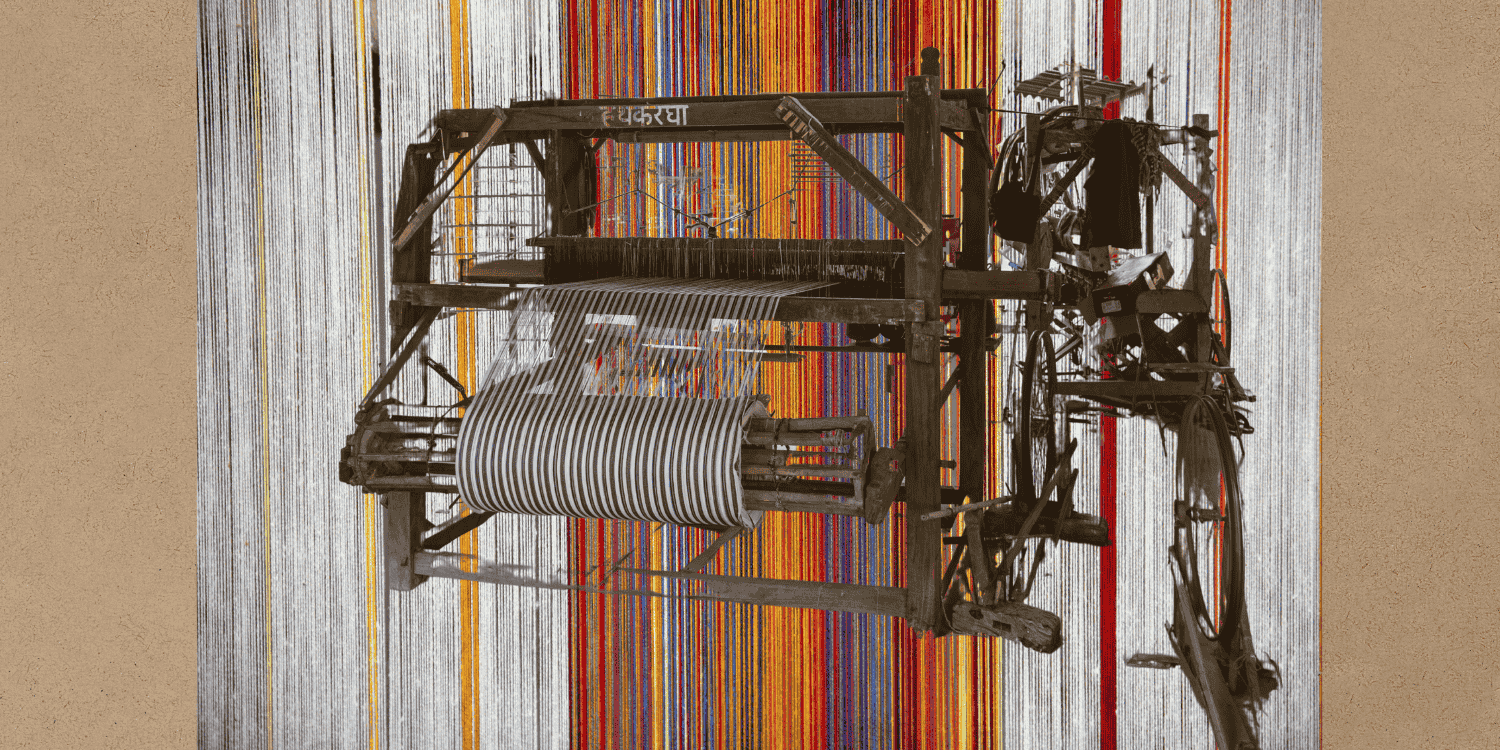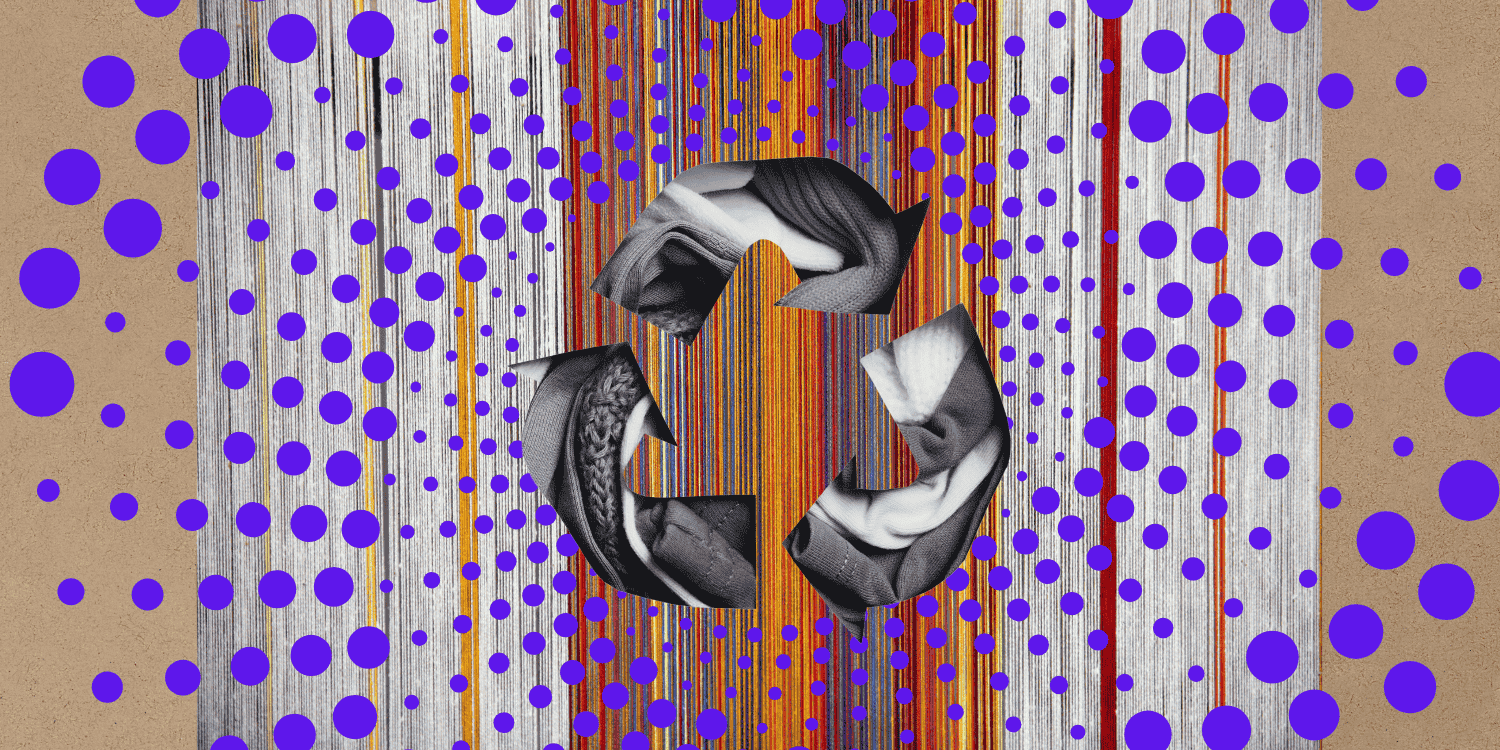Overview of Aadhaar
Aadhaar has emerged as a cornerstone of India’s identity infrastructure since its inception in 2009, revolutionising the way the residents of India authenticate their identity. Aadhaar was introduced as a means to provide a unique identification number to every resident of India and to provide access to public services and welfare schemes by governments. The government’s vision to leverage Aadhaar for efficient and transparent governance led to the gradual integration of Aadhaar into various public service delivery mechanisms. This evolution signifies a paradigm shift in the utilisation of Aadhaar, transforming it into a catalyst for inclusive development and social welfare initiatives.
The importance of Aadhaar in the delivery of India’s welfare schemes cannot be overstated. When late Prime Minister Rajiv Gandhi said in 1985 that only 15 paise of one rupee reach the intended beneficiary, it gave a sense of the rampant leakage and corruption in the system that plagued India for a long time and continues even today to a certain extent. Against this backdrop, Aadhaar serves as a vital tool in ensuring that benefits and subsidies reach their rightful beneficiaries without the risk of duplication or fraud. It facilitates the seamless delivery of welfare benefits through Direct Benefit Transfer (DBT), a mechanism by which subsidies and financial assistance are directly credited to the bank accounts of beneficiaries, bypassing intermediaries and thereby minimising opportunities for corruption. However, despite its advantages, this system is not without its challenges.
Aadhaar’s Penetration in India
According to data from the UIDAI Dashboard, numerous states in India have Aadhaar enrolment rates surpassing 100%. This anomaly arises as the population data is sourced from the 2011 Census, whereas the real population numbers have increased since then, resulting in more than 100% enrolment. However, the enrolment rates in Madhya Pradesh, Bihar, Uttar Pradesh, Jammu Kashmir, and the north-eastern states have yet to be completed.
Since over 60% of India’s populace resides in rural areas, examining the extent of Aadhaar registration within these regions is imperative. Based on the rural population data alongside the Aadhaar enrolment statistics, it becomes evident that states like Assam, Meghalaya, and Nagaland demonstrate lower levels of Aadhaar registrations relative to their rural populations. This observation suggests that Aadhaar penetration has yet to reach the most remote rural demographics within these states.
While Aadhaar enrolment rates may appear inflated due to old census data, the gap between the rural population and Aadhaar registrations in certain states underscores the necessity for targeted efforts to extend Aadhaar coverage to the most marginalised and remote communities. This highlights the importance of utilising updated demographic data to ensure equitable access to Aadhaar-enabled welfare services, particularly among deprived people in rural regions.
Aadhaar and Welfare Schemes
According to the reply by the Ministry of Electronic and Information Technology (MeitY) in Lok Sabha, 314 schemes from 51 different ministries are DBT enabled. Pradhan Mantri Awas Yojana, MGNREGA, Ujjwala Yojana, Pradhan Mantri Jan Dhan Yojana, and Ayushman Bharat are some of the schemes that require Aadhaar.
Ayushman Bharat – Pradhan Mantri Jan Arogya Yojana (PM-JAY)
Ayushman Bharat, a flagship initiative by the Government of India, offers health coverage of Rs. 5 lakh per family per year for secondary and tertiary care hospitalisation, making it the world’s largest health insurance scheme with approximately 55 crore eligible beneficiaries under the PM-JAY program. According to the Ministry of Health and Family Welfare (MoHFW), over 30 crore Ayushman Cards have been issued as a part of the PM-JAY scheme, representing more than half of the intended beneficiaries. However, there remains a need for the government to enhance awareness among prospective beneficiaries to ensure wider participation in the scheme.
Despite its significant reach, the implementation of Ayushman Bharat faces challenges, particularly concerning Aadhaar integration. A 2023 audit report by the Comptroller and Auditor General of India (CAG) revealed several glitches, including around 7,50,000 beneficiaries linked with an invalid mobile number (9999999999). Furthermore, the report identified potential irregularities, with more than 4000 registrations tied to only seven Aadhaar numbers. In a district in Jharkhand, over 17,000 Ayushman Cards were stalled due to Aadhaar information mismatches. Various agencies have highlighted that errors or discrepancies in Aadhaar cards or ration card details often lead to the rejection of Ayushman cards. When the intended beneficiaries have low levels of literacy, or are unfamiliar with English, such challenges are inevitable. The government must devise solutions to address these issues effectively.
Pradhan Mantri Ujjwala Yojana and Ujjwala Yojana 2.0
Many households previously reliant on traditional cooking fuels such as firewood, coal, and cow-dung cakes faced adverse health effects. Particularly detrimental to the health of rural women, it also contributed to environmental degradation. Pradhan Mantri Ujjwala Yojana (PMUY) is a flagship initiative of the Government of India aimed at ensuring access to clean cooking fuels, like LPG, for rural and underprivileged households. As of March 2024, more than ten crore LPG connections were released under the PMUY scheme.
Despite the significant progress, issues arose due to Aadhaar integration. During the COVID-19 lockdown, over 31 lakh PMUY beneficiaries faced challenges in receiving funds through Direct Benefit Transfer (DBT) for various reasons, including the absence of bank accounts linked to Aadhaar. A 2019 audit report by the Comptroller and Auditor General (CAG) highlighted that out of 3.78 crore LPG connections, 1.60 crore (42%) were issued solely based on Aadhaar information of the beneficiary. This approach posed challenges in de-duplication efforts, as it allowed multiple individuals from the same household to reapply for LPG cylinders, undermining the intended purpose of Aadhaar verification.
Mahatma Gandhi National Rural Employment Guarantee Act (MGNREGA)
The Mahatma Gandhi National Rural Employment Guarantee Act (MGNREGA) is a government initiative aimed at providing at least 100 days of guaranteed employment in a financial year to every rural household whose members engage in unskilled manual work. Widely regarded as the world’s largest employment generation scheme, MGNREGA witnessed significant utilisation in 2022, with a total of 11.37 crore households availing employment opportunities and generating 289.24 crore person-days of employment.
In January 2023, the Government of India initially mandated that all wages under MGNREGA be disbursed through the Aadhaar Based Payment System (ABPS). Following multiple extensions, ABPS became mandatory as of January 1, 2024. Each MGNREGA worker is issued a job card, which serves as identification for enrollment in the scheme and facilitates wage disbursement. These job cards are required to be linked with Aadhaar details. However, according to the MGNREGA dashboard, out of the total 14 crore active workers, approximately 1.13 crore workers have yet to have ABPS enabled.
Reports have indicated that due to pressure from the central government to ensure 100% ABPS eligibility among job card holders, state governments have deleted cards deemed ineligible for Aadhaar payments. By February 1, 2024, over 85 lakh job cards were deleted for various reasons, including incorrect or duplicate cards and workers’ reluctance to participate. While the government asserts that the deletion of job cards was unrelated to Aadhaar-linked bank accounts, conflicting reports suggest otherwise.
Challenges due to Aadhaar
While these schemes represent only a fraction of the broader landscape, they encapsulate the challenges inherent in Aadhaar-enabled welfare programs. While commendable in their intent and implementation efforts, the government must prioritise addressing the issues stemming from Aadhaar failures, particularly in rural areas. In rural areas, Aadhaar authentication poses challenges due to unreliable internet, fading fingerprints, and inadequate phone connectivity for OTPs. This difficulty leads to exclusion, especially affecting vulnerable groups like older women and people with disabilities. When addressing concerns regarding the repercussions of unreliable network connectivity in rural areas on welfare schemes tied to Aadhaar numbers, as well as the consequent difficulties in accessing services due to limited digital connectivity, the government admitted to not having conducted any assessment to determine the extent of potential losses experienced by rural residents. Hence it is imperative for the government to promptly assess potential losses and implement corrective measures accordingly.
In October 2023, a significant breach of Aadhaar data exposed personal details belonging to 81 crore Indians on the dark web. Given Aadhaar’s integration with bank accounts, the potential vulnerability is substantial in the event of a data leak. Therefore, it is imperative for the government to prioritise the implementation of robust security measures to safeguard this data effectively.
In instances such as the implementation of MGNREGA, it becomes evident that alongside Aadhaar’s integration into welfare schemes, the government must establish a robust redressal mechanism. The direct deletion of job cards without allowing beneficiaries to validate their authenticity contradicts the very essence of Aadhaar’s role in enhancing transparency within public service delivery. The government should establish grievance redressal mechanisms that are easily accessible to all citizens. This could include setting up dedicated helplines, online portals, or local grievance cells where individuals can lodge complaints or seek clarification regarding their eligibility status.
Additionally, the government can prioritise capacity building and training programs for frontline workers involved in administering welfare schemes. By equipping them with the necessary skills and knowledge, officials can minimise errors in Aadhaar authentication and ensure fair and transparent implementation of policies. Ultimately, proactive measures such as these can help mitigate the risks of erroneous exclusions and uphold the principles of accountability, fairness, and inclusivity in the utilisation of Aadhaar within India’s welfare ecosystem.
Implications for the Government
Despite all its flaws, Aadhaar-enabled government schemes have made a significant impact on most of its beneficiaries. The financial inclusion backed by Aadhaar will have a lasting impact on how Indians carry out financial transactions. The JAM Trinity—Jan Dhan Account, Aadhaar, Mobile Connectivity—has taken financial access to the last mile. The Pradhan Mantri Jan Dhan Yojana (PMJDY), a scheme by the Indian Government, has brought millions under the banking fold. According to the Ministry of Finance, the Aadhaar-enabled PMJDY accounts experienced a 3.4-fold increase, rising from 14.72 crore in March 2015 to 50.09 crore as of August 16, 2023. Women constitute 57% of the total beneficiaries, while 67% of the beneficiaries of PMJDY were from a rural and semi-urban background.
A World Bank report referred to the 2015 book “Aadhaar: Gender, Identity, and Development” by Kelkar et al., which examined the transformative effects of Aadhaar on women’s identities and access to schemes and benefits. The book highlighted how Aadhaar facilitates a shift from traditional relational identities to individualised ones, affecting economic entitlements governed by household-based identities. Specifically, the research reveals disparities in land ownership and access to employment opportunities for women in Jharkhand. The study concluded that Aadhaar presents opportunities for women, enabling direct cash transfers and access to services like SIM cards, enhancing their mobility and autonomy.
Considering all the aspects of Aadhaar in public service delivery, it is safe to say that we have miles to go before it becomes a fool-proof system. Multiple issues need to be addressed by the present government. However, the benefits of these welfare schemes availed by millions of beneficiaries in the country cannot be ignored. There are a large number of people who have received houses under PM Aawas Yojana, bank accounts under PM Jan Dhan Yojana, full wages without any corruption due to Aadhaar. In the upcoming 2024 General Elections, the impact of Aadhaar-enabled welfare schemes and the challenges they pose may influence the voting preferences of beneficiaries. Regardless of the incoming government, corrective actions are essential to address Aadhaar-related issues and ensure effective reach of welfare schemes to all potential beneficiaries.






